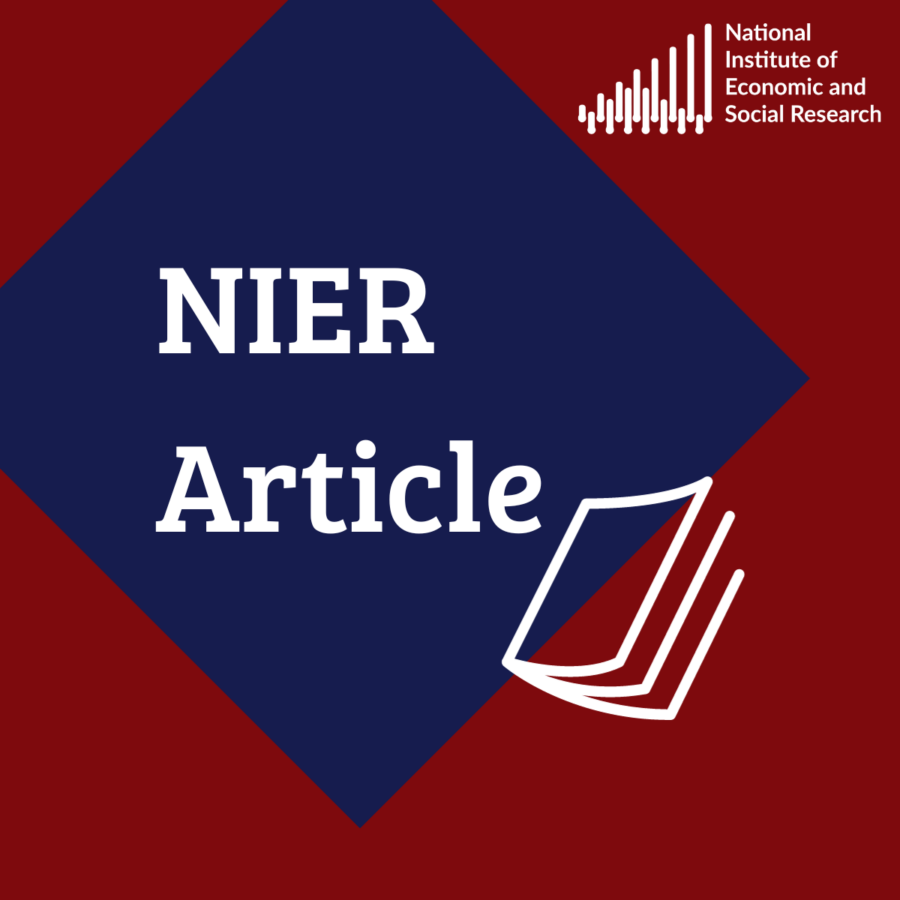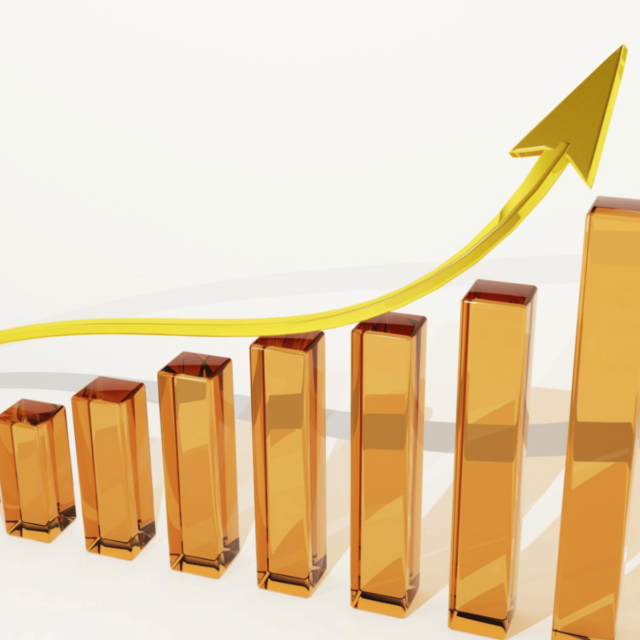Commentary: Interest Rates And Business Returns
 Pub. Date
Pub. Date
 Pub. Type
Pub. Type

Introduction
Rates of return and business investment The July interest rate increase has taken the Bank of England's Base Rate to the highest value for six years. Two years ago the market was forecasting a rate of around 4 per cent per annum for July 2007. Nor were the probabilities the market gave to an interest rate of 5.75 per cent per annum very high. Twelve months ago the market in financial options implied that the chance of the rate exceeding 5.66 per cent per annum was only 15 per cent. Even in January of this year the chance of it reaching its current level or higher was put at less than 25 per cent. The National Institute cannot claim a substantially better record at forecasting interest rates. We normally use market expectations, as calculated from the yield curve, to provide exogenous forecasts as input into our model in the short term.
The correction to expectations has affected market forecasts further out. In January 2006 market expectations were for future short-term interest rates to remain at 4 per cent per annum for ten years. Now (18 July) markets are expecting rates to stay about 5 per cent per annum for eight years, declining after that. These figures are based on the assumption that long-term interest rates, which are observed in the gilt-edged market, reflect expectations of future short-term interest rates, the traditional expectations hypothesis of the term structure of interest rates. In the United Kingdom this hypothesis is often thought to be more relevant to the near future than to the distant future. Pension funds' funding requirements are believed to distort the market for long-term debt, with the implication that long-term interest rates are depressed below what they would be if pension funds were free to choose their investment behaviour.
Market surprises
The forward nominal interest rate can be seen as the combination of a forward real interest rate and expected inflation. Unfortunately data limitations mean it is not possible to say how far the effects represented here reflect mainly the former or mainly the latter. However, the five-year inflation and real interest rate estimates, which are also published by the Bank of England, suggest that both have risen fairly sharply. The five-year forward real interest rate has displayed surprising volatility, varying from a low of below 1_ per cent per annum at times in 2006 to a high of almost 2_ per cent per annum in July 2007. While it is difficult to say what sort of variability in future real interest rates is 'normal', it is hard to see what sort of information flows could sensibly lead to fluctuations of this type. The overriding impression one gains, rom both the time profile of past forecasts of current interest rates and of the link between revisions to short-term expectations and changes in forward interest rates further out, is that markets have been surprised by interest rate movements in the past year or so. Should they have been?
Rates of return and business investment
In the advanced countries, the share of capital in national income and the return to capital have both been buoyant . These buoyant returns should be expected to create an incentive to invest both at home and abroad. But, in the period after the end of the dotcom speculation, investment did not respond in the way that might have been expected. Investment rates remained relatively low while the integration of the Chinese economy also led to more world saving. In an effort to maintain output growth, central banks cut short-term interest rates to unusually low levels by historical standards. That this had more effect in supporting consumption than investment should perhaps not be surprising, since returns on investment, as shown in the graph, were already substantially above market figures. We are possibly now moving into a situation, internationally, where businesses are starting to make up for missed investment. In turn, as investment growth has picked up, central banks have had to raise interest rates so as to limit consumption and keep output within its overall supply-side limits.
Interest rate prospects
Perhaps the key question is where this leaves interest rates. A reasonable interpretation of the forecasting errors made by markets over the past few years is that they had expected investment to remain depressed despite the high returns on capital. If investment had reacted to buoyant returns, one might have also expected to see buoyant interest rates so as to make room for investment demand by encouraging saving. Instead low interest rates encouraged borrowing. However, the past accumulation of debt may itself now act as a depressant on consumption, reducing the extent to which above normal rates are needed as a response to any improvement in investment prospects. While there is obviously a great deal of uncertainty about the magnitudes of these various effects, our model suggests that inflation can be brought back to target without further interest rate increases although the target is not reached until 2010. The main justification for any increase in the interim is to restrain expectations of inflation. In the longer term our model suggests that an inflation rate of 2 per cent per annum measured by the Consumer Price Index is consistent with an interest rate in the range 5 Ð5_ per cent per annum. This suggests that the pattern of rates expected by the market is now largely coherent with the control of inflation.
The past year or so has seen a period of unusually low interest rates, both in the United Kingdom and abroad, come to an end. During this period, financial markets assumed that interest rates would be permanently low by comparison with past levels. However, the fundamental cause of low interest rates was probably that investment was slow to respond to the new opportunities arising internationally. Now that there is evidence of rising investment in the United Kingdom, at least in volume terms, interest rates have been able to return to normal levels. Consumption growth is likely to be relatively weak in future, but more buoyant investment behaviour should ensure that the economy as a whole can continue to grow at close to its trend rate.



















